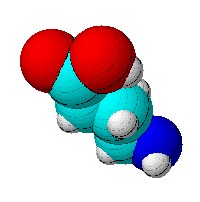On the day I publish an item on a new arsenic assay , I received an email from an old contact of mine Dipankar Chakraborti of Jadavpur University who is at the forefront of As science and finding a solution to this insidious problem facing the Indian subcontinent and beyond.
Here’s what he had to say:
“To understand the exact magnitude of groundwater arsenic contamination and its health effect in West Bengal, India we have studied one of the arsenic affected district Murshidabad out of nine affected districts in West Bengal in details for last seven years with twenty people in our group including a dermatologist, neurologist, gynaecologist, pathologist, analytical chemist, biochemist, geologist, civil engineer, etc.
We have analyzed about 30,000 water samples from this district alone and screened 25,274 people with our medical group for arsenical skin lesions and other related arsenic toxicity. We have also analyzed 3843 biological samples (hair, nail urine and skin scales).
We have studied in details the district Murshidabad as a whole and semi micro and micro level studies in one block, one Gram Panchayet (cluster of villages), one village and published five papers in peer-reviewed international journals.”
Email me if you’d like to receive a PDF file carrying the complete citations from Dipankar.
For more information on the arsenic problem, read my Guardian article on the subject.
